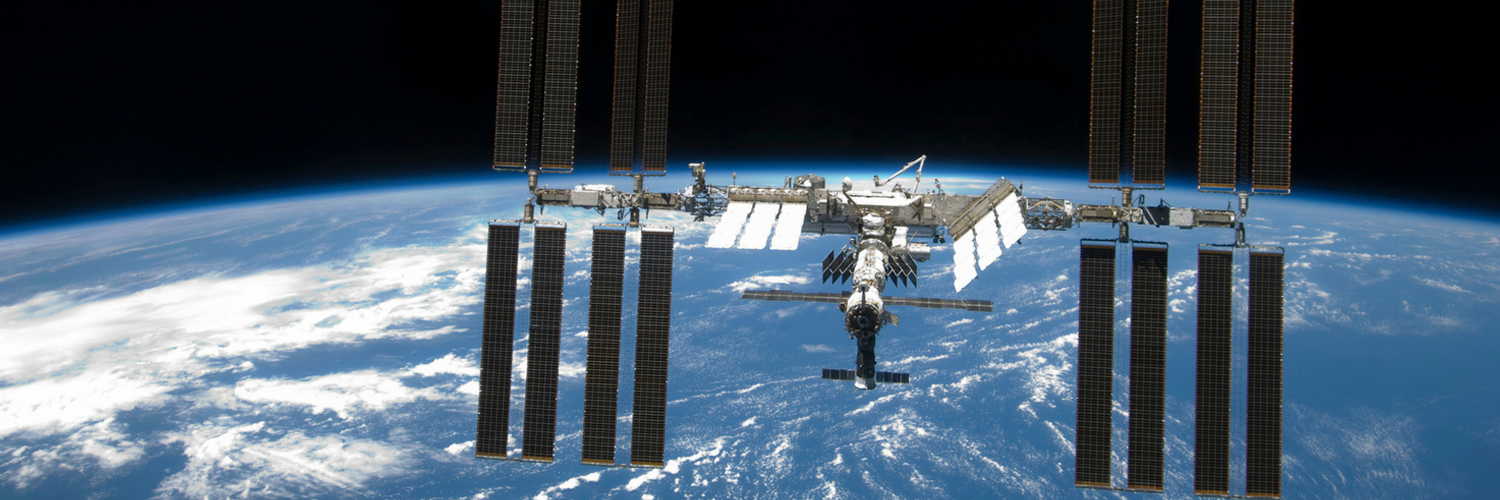Navigating the Renewable Energy Shift: Bridging Innovation and Demand
The urgency of addressing our growing electricity needs is pushing renewable energy sources into the spotlight. From the infinite energy of the sun to the consistency of geothermal reserves, innovative approaches are emerging to meet the rising demand for clean power across various applications. The challenge is ensuring these sources can keep pace with increasing consumption while maintaining stability and reliability.
The Surging Demand for Power
The demand for electricity is rising at an unprecedented rate, influenced by factors such as the proliferation of electric vehicles, a shift toward industrial electrification, and the expansive energy requirements of digital technologies like artificial intelligence. As data centers balloon in size and scope, the energy they consume becomes a critical issue, potentially doubling the current global electricity demands. These advancements necessitate innovative solutions to reduce the carbon footprint of these energy-intensive operations.
In light of this, the global reliance on renewable energy is escalating. Data centers alone are anticipated to consume a growing share of global electricity. This trend underscores the need for comprehensive strategies that incorporate renewable energy sources to mitigate impacts on the environment while satisfying the exponential growth in energy consumption.
Renewables Rising: Solar and Beyond
Renewable energy is no longer a niche interest but a central pivot in global energy strategy. Solar and wind energy are paving the way, becoming both cost-competitive and dominant in adding new electricity generation capacity. Solar panels convert sunlight directly into electricity, providing a straightforward and scalable solution. Meanwhile, wind turbines capture kinetic energy from wind, employing both onshore and offshore facilities to succeed.
The integration of these sources isn't without challenges; their intermittent nature demands advanced management techniques. We've observed a growing focus on developing smart grid technologies to dynamically manage electricity flow, ensuring solar and wind resources are harnessed effectively despite their variability.
Overcoming Gridlock in Renewable Energy Integration
A significant barrier in the renewable energy transition is the slow process of integrating new renewable projects into the existing grid infrastructure. Many projects find themselves stuck in interconnection queues, unable to deliver energy due to grid constraints. Enhancing and expanding the grid is essential, requiring streamlined interconnection processes to unleash the full potential of renewable solutions.
Interconnection delays underscore the importance of upgrading our grid infrastructure. These improvements are not only about enhancing capacity but also about enabling a flexible response to the variable production of solar and wind energy. Only by addressing these bottlenecks can we hope to keep pace with the rapid growth of renewable capacity and maintain a reliable flow of clean electricity.
Harnessing Nature's Power: From Solar Rays to Geothermal Depths
Solar panels and wind turbines may be the most visible forms of renewable energy, but they are far from the only options available. Understanding the broader context of renewable resources offers a glimpse into a truly sustainable future.
Solar Power: More Than Just Panels
Solar energy remains a cornerstone of our renewable strategy. Solar panels directly convert sunlight into electricity, signifying both potential and accessibility. Recent trends show a record growth in solar power generation, particularly notable in countries like the US where a 27% increase is anticipated.
Wind Energy: Capturing the Breeze
Wind turbines present another pillar of renewable energy. The choice between onshore and offshore installations offers flexibility, with offshore turbines capable of capitalizing on stronger, steadier winds. This results in significant increases in wind energy capacity, catering to the diverse needs of an evolving energy landscape.
Geothermal Energy: Tapping into the Earth's Heat
Geothermal energy, deriving power and heating from the Earth's natural thermal energy, provides a reliable, consistent source of energy. Advances such as Enhanced Geothermal Systems (EGS) are expanding the feasibility and efficiency of geothermal plants, steadily paving the way for a more stable and sustainable energy system.
Energy's New Frontier: The Synergy of Renewables and Storage
Seamlessly integrating renewable energy sources with advanced storage solutions is crucial for a sustainable future. This blend ensures a reliable energy supply, even when wind and sun are unavailable.
The Importance of a Diversified Energy Mix
A varied energy mix incorporating solar, wind, hydro, geothermal, and other renewables offers greater resilience and stability. This diversity mirrors a balanced diet, ensuring that all systems operate optimally, leveraging individual strengths to achieve overall equilibrium.
The Role of Storage in Grid Stability
Energy storage is essential for counterbalancing solar and wind power's natural intermittency. Sophisticated battery technologies and other storage solutions are facilitating renewable energy reliance, enabling stored excess energy to be distributed as needed, smoothing out energy supply fluctuations.
Future Prospects for Renewable Energy
The advancing technologies and reducing costs underpin a promising future for renewable energy. As investment continues and technology improves, renewables will become increasingly integral to meeting global energy needs. By embracing diverse renewable sources and investing in strategic storage solutions, we foster a sustainable energy paradigm for tomorrow's world.
The transition to a cleaner, more efficient energy future is well underway, driven by the synergy between renewables and cutting-edge storage technologies. As this dynamic landscape evolves, it holds the promise of a world where sustainable energy is accessible for everyone, everywhere.
Question and Answer
-
What are the primary benefits of solar power in the renewable energy landscape?
Solar power offers several advantages, making it a cornerstone of the renewable energy landscape. Firstly, it is abundant and sustainable, utilizing sunlight, which is a free and inexhaustible resource. Solar panels can be deployed at various scales, from small residential rooftops to large utility-scale solar farms, providing flexibility in energy generation. Additionally, solar power systems have low operating costs once installed and can significantly reduce electricity bills over time. Importantly, solar energy production is clean, emitting no greenhouse gases during operation, thus contributing to a reduction in overall carbon emissions.
-
How do wind turbines contribute to the global energy transition?
Wind turbines play a crucial role in the global energy transition by converting kinetic energy from wind into electricity. They are highly efficient and can produce large amounts of power, particularly in areas with strong and consistent winds. Wind energy is one of the most mature and cost-effective renewable energy technologies available today, and its deployment is rapidly expanding worldwide. Offshore wind farms are becoming increasingly popular due to their ability to harness stronger and more stable winds, thus providing a reliable energy source. By diversifying the energy mix and reducing dependence on fossil fuels, wind energy is pivotal in achieving a sustainable energy future.
-
What challenges are associated with integrating hydropower into the energy grid?
While hydropower is a reliable and established renewable energy source, its integration into the energy grid presents several challenges. Environmental concerns are significant, as large-scale hydroelectric projects can impact ecosystems, displace communities, and alter water quality and flow. Seasonal variability in water availability can also affect hydropower generation, making it less predictable. Additionally, the construction of dams and reservoirs requires significant upfront investment and long lead times. Despite these challenges, hydropower remains a vital component of the renewable energy mix due to its ability to provide base-load power and its potential for energy storage through pumped storage systems.
-
In what ways can geothermal energy be utilized for sustainable development?
Geothermal energy, which harnesses heat from the Earth's interior, can be utilized for sustainable development in several ways. It provides a consistent and reliable source of baseload power, available 24/7 regardless of weather conditions, making it a stable complement to intermittent renewable sources like solar and wind. Geothermal energy can be used for electricity generation as well as direct heating applications, such as district heating systems, greenhouse heating, and industrial processes. Its low environmental footprint and ability to reduce reliance on fossil fuels make it an attractive option for sustainable energy development. Moreover, advances in technology are expanding the feasibility of geothermal projects in a wider range of geographic locations.
-
What role does energy storage play in enhancing the viability of biomass fuels?
Energy storage enhances the viability of biomass fuels by addressing the intermittency and availability issues associated with biomass energy production. Biomass fuels, derived from organic materials, can be converted into electricity, heat, or biofuels. However, the availability of raw materials and the timing of energy demand can be mismatched. Energy storage solutions, such as batteries or thermal storage systems, allow excess energy produced during peak biomass fuel availability to be stored and used during periods of low production or high demand. This capability ensures a steady and reliable energy supply, improves grid stability, and maximizes the utilization of biomass resources, contributing to a more resilient and sustainable energy system.








